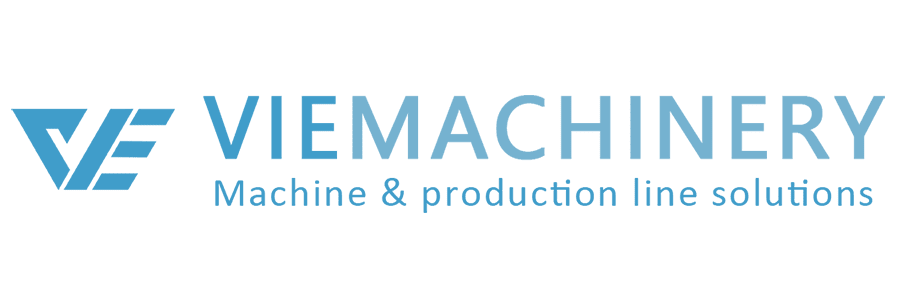How Does a Still Photo Web Inspection Monitor Work?
A still photo web inspection monitor is an advanced system designed to ensure the quality and consistency of printed materials in continuous production processes. By utilizing high-resolution cameras and intelligent image processing software, these systems detect defects in real time, preventing costly production errors. Here’s how they function:
1. High-Speed Camera Integration
The system is equipped with strategically positioned high-resolution cameras along the production line. These cameras continuously capture still images or video frames of the moving web (continuous material) to monitor printing quality.
2. Advanced Image Processing
Once the images are captured, the system processes them using sophisticated software that analyzes defects such as misprints, color variations, and alignment discrepancies.
3. Real-Time Quality Control
Operators receive instant feedback from the system, allowing them to address any detected issues immediately. This helps maintain production efficiency and reduces waste.
4. Archiving and Reporting Capabilities
Many systems store captured images for future analysis and generate comprehensive reports, helping manufacturers improve production quality over time.
These systems play a crucial role in industries such as packaging, textiles, and label printing, ensuring high-quality output and minimizing defects.
What Defects Can a Still Photo Web Inspection Monitor Detect?
A still photo web inspection monitor can identify various types of defects in continuous materials like paper, plastic films, metal foils, and textiles. These defects include:
1. Surface Defects
- Scratches – Minor abrasions that affect print or material integrity.
- Creases – Unwanted folds or wrinkles that compromise product quality.
- Contaminants – Foreign particles such as dust, dirt, or residues.
2. Color and Coating Defects
- Color Variations – Inconsistencies in shade or hue compared to the expected standard.
- Coating Irregularities – Uneven application of coatings, missing sections, or over-application.
3. Physical Defects
- Stains – Unwanted marks or discolorations that impact aesthetics.
- Structural Deformities – Tears, holes, or other physical damages.
4. Material Defects
- Inclusions – Foreign objects embedded within the material.
- Texture Flaws – Irregularities in the material’s surface, such as rough patches or uneven thickness.
Equipped with high-resolution imaging and precise lighting technology, these systems detect and classify defects in real-time, ensuring superior product quality.
How Do Web Inspection Cameras Capture Images?
Web inspection cameras utilize cutting-edge imaging technology to capture high-resolution images of moving materials (webs) for quality assurance. Here’s how they operate:
1. Camera Types
- Line-Scan Cameras: Capture one line of pixels at a time as the material moves beneath the camera, stitching them together into a seamless high-resolution image.
- Area-Scan Cameras: Used for specific applications where localized image capture is required.
2. Synchronization with Web Movement
- The camera’s line rate is synchronized with the speed of the moving web using an incremental encoder, ensuring a consistent resolution regardless of speed fluctuations.
- Dynamic adjustments to exposure time and line rate maintain image clarity even under varying production speeds.
3. Optimized Lighting for Clear Image Capture
- Strobing LED lights eliminate motion blur, ensuring sharp, high-contrast images.
- Auto-shutter and exposure optimization help maintain clarity for different material types and colors.
4. Real-Time Image Processing
- Captured images are digitized and analyzed instantly, detecting defects such as scratches, misprints, and inconsistencies.
- Advanced systems handle vast amounts of data, analyzing millions of pixels per second.
5. Customization for Specific Applications
- Web inspection cameras can be configured for full-web inspection (100% coverage) or targeted spot inspection.
- Multiple cameras can be deployed for wide materials, ensuring comprehensive defect detection.
By combining precise imaging, sophisticated lighting, and real-time processing, these cameras enable accurate and efficient quality control during production.
Benefits of Still Photo Web Inspection Monitors Over Other Inspection Systems
Implementing a still photo web inspection solution offers several advantages over traditional inspection methods:
1. High Accuracy and Detail
- Precision Detection: High-resolution imaging ensures even minor defects are identified.
- Comprehensive Analysis: The system provides in-depth defect detection, improving quality assurance.
2. Cost Efficiency
- Reduced Labor Costs: Automated inspection minimizes reliance on manual inspectors.
- Minimized Waste: Early defect detection reduces material waste and rework.
3. Enhanced Productivity
- High-Speed Inspection: Capable of analyzing materials at full production speed.
- Continuous Operation: Functions 24/7 without operator fatigue or inconsistencies.
4. Consistency and Reliability
- Error-Free Performance: Automated systems eliminate human inspection errors.
- Uniform Quality Standards: Ensures products meet required specifications every time.
5. Data Collection and Process Optimization
- Real-Time Reports: Captures and stores defect data for future analysis.
- Process Improvement: Insights from defect reports allow manufacturers to optimize production workflows.
6. Flexibility and Adaptability
- Customizable Settings: Can be adjusted for different materials and inspection criteria.
- Remote Monitoring: Some systems allow remote oversight and control for increased operational flexibility.
By offering precision, efficiency, and cost savings, still photo web inspection monitors significantly enhance quality control in high-speed production environments.

